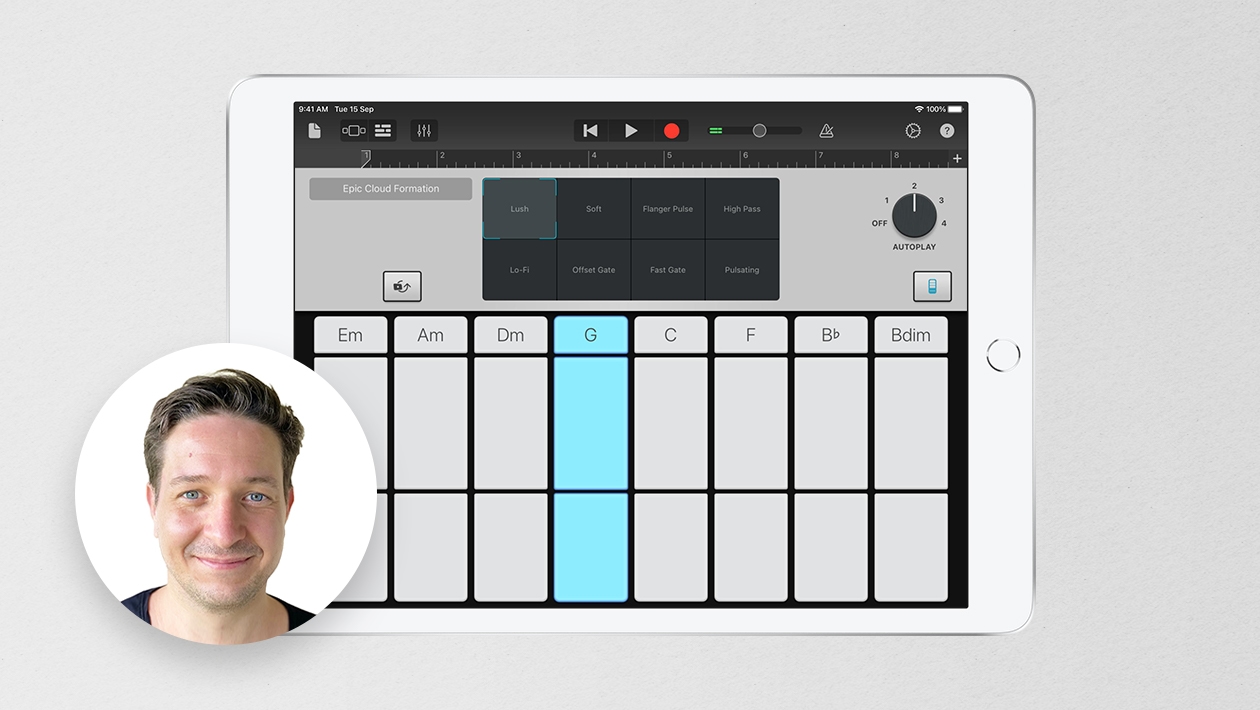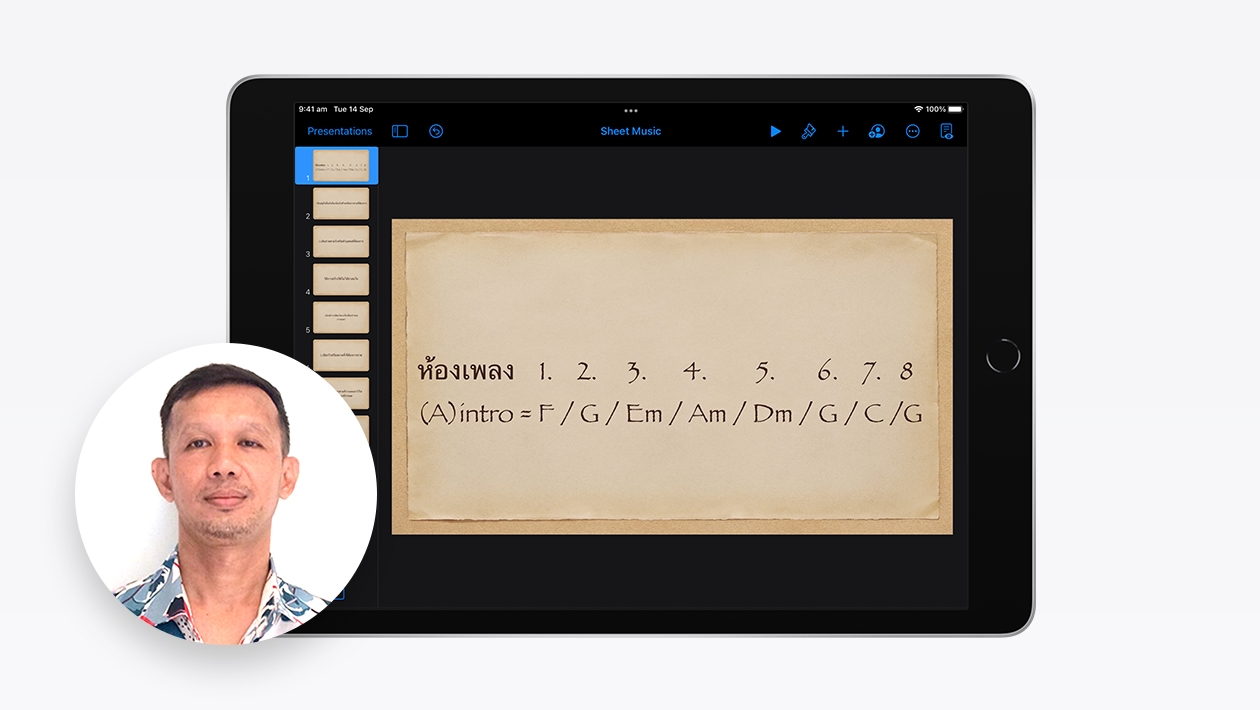Have you ever wondered why they named it GarageBand?
Is it a nod to the DIY spirit of garage rock, where people just picked up instruments and learned how to play them on their own? Or a reference to the many famous bands, like The Beatles, that started out practicing and recording in garages? Or could it be because Apple began in Steve Job’s parents' garage? Regardless of the reason, there is something about a garage that makes it such a creative space. Even Disney started out in a garage!
So why aren't our classrooms, schools, and places of learning more like garages? Speak to any famous pop musician, and they'll probably say their success had nothing to do with what they did in school or in their music classroom. Sad but true. So what can we do about it?
Bring the GarageBand approach into the classroom
Researcher Lucy Green looked at the way pop musicians learn and uncovered that most knowledge and skills are acquired informally outside of the classroom without help from teachers. She identified some key principles we can use to bring these informal learning approaches into our learning environments, to bring out the creative freedoms of garage learning into any classroom.
Give Students Choices
It's about giving students choices. In GarageBand, there are so many choices of styles, genres, drummers, or loops and samples to inspire. It's about students learning music that they choose and identify with or, in art, for example, choosing artists or works that inspire as a starting point.
Learn by Doing
Pop musicians learn by doing, listening, and copying, not reading traditional music notation or being told what to do. Maybe that's why in GarageBand, you won't find any. It's not authentic. So how does this transfer to other subjects? It's about getting into the real world and learning by doing, rather than following sets of rules and instructions.
Collaborate and Embrace Failure
How many people do you think it takes to write the average hit song? The short answer is about 10-15 people. It's a collaborative effort. We learn best when we work with friends or people we've chosen to work with. Real-world learning isn't pre-planned; it's haphazard and full of failure. Record, record, and record again till you get the take you like. When you're in science class, we don't tell them the green liquid is going to turn purple and explode. We let them experiment and problem-solve. Embrace the discovery!
Make Your Classroom More Like a Garage
So my call to action for you is to make your learning environments more like a garage. Incorporate some of these approaches that speak to you and your role in school. And finally, why not use GarageBand as a tool along the way? It's not just for musicians; it's for everyone. It's for recording the world around you, telling stories, creating podcasts in authentic ways, and so much more. So the next time you're planning a unit or a lesson, consider using GarageBand to give students an authentic voice.
Let's create a more creative and authentic learning environment by bringing the GarageBand approach into our classrooms.
This story is based on my showcase at the APAC Apple Distinguished Educator Institute 2023. You can find out more about informal learning here















July 09, 2023 . English
English
Outstanding. 👏 I love this approach. And it certainly also embraces some of the tenets of Challenge Based Learning (CBL). Thanks for posting your showcase so all of us can learn!
This action is unavailable while under moderation.
This action is unavailable while under moderation.